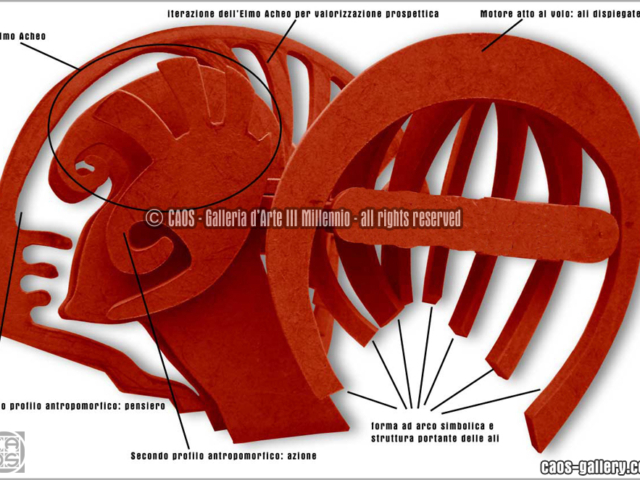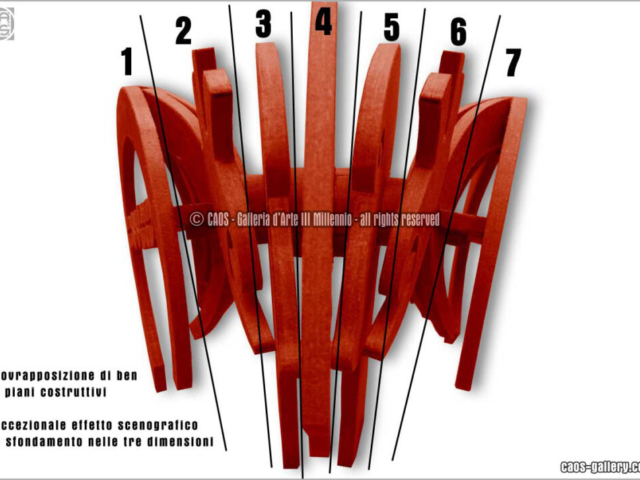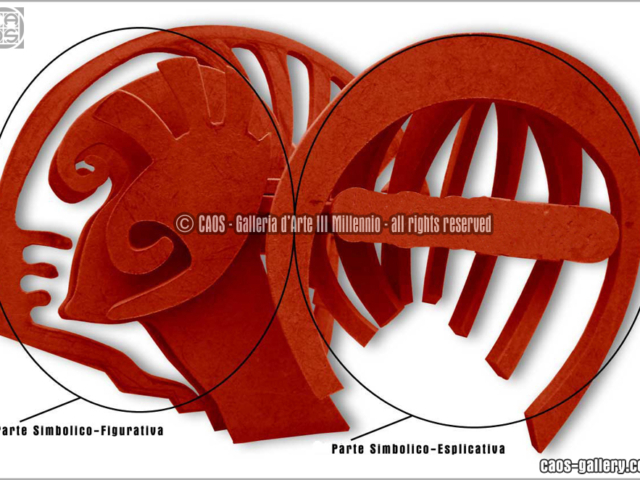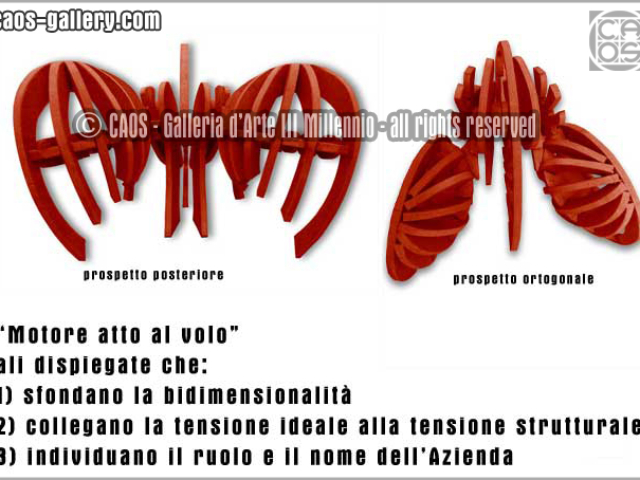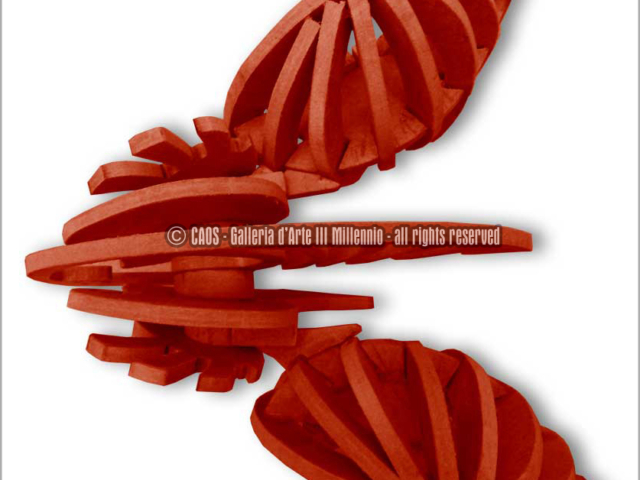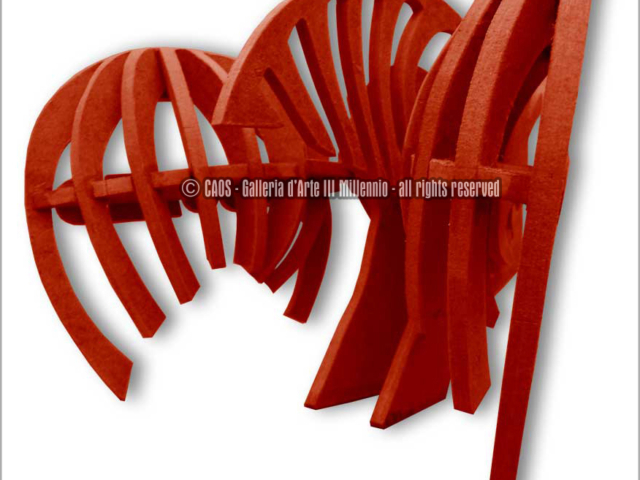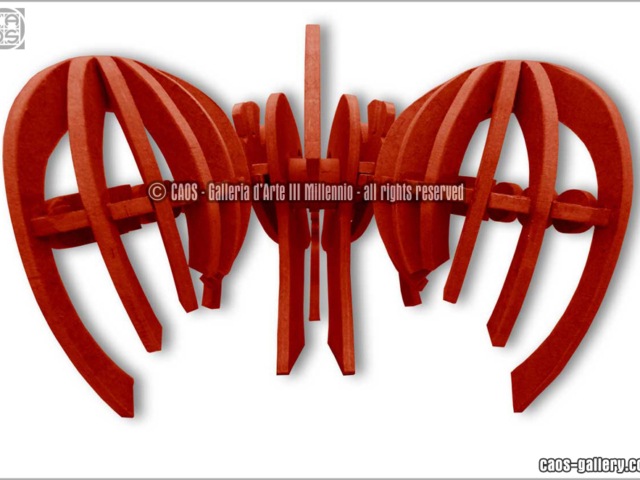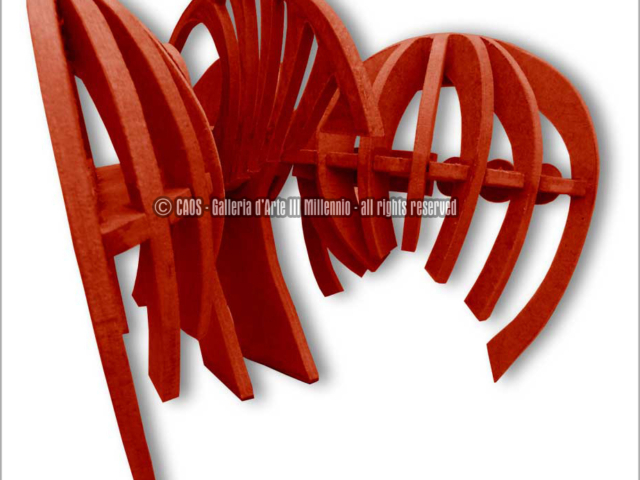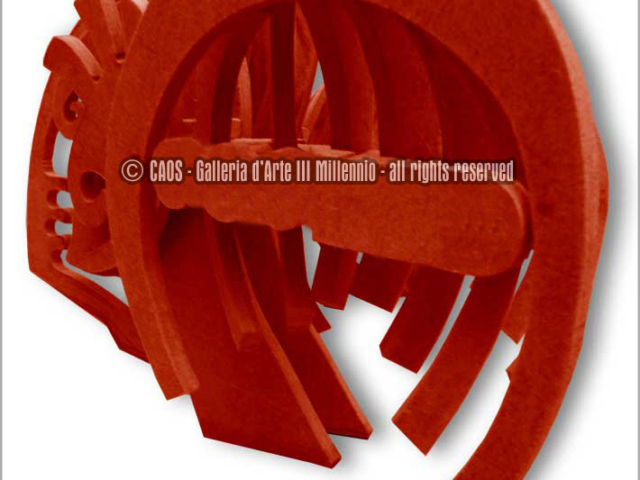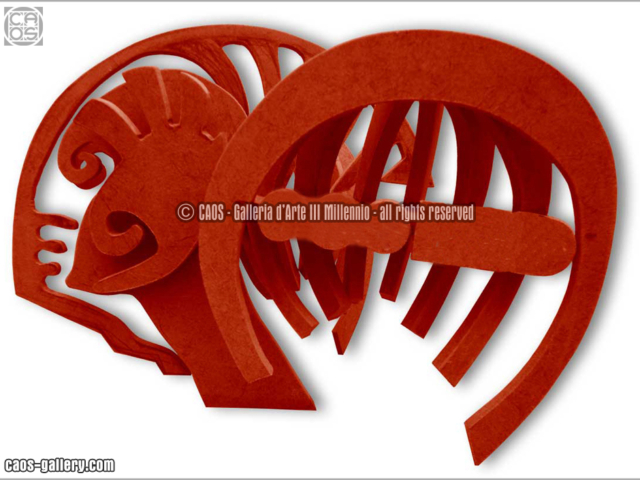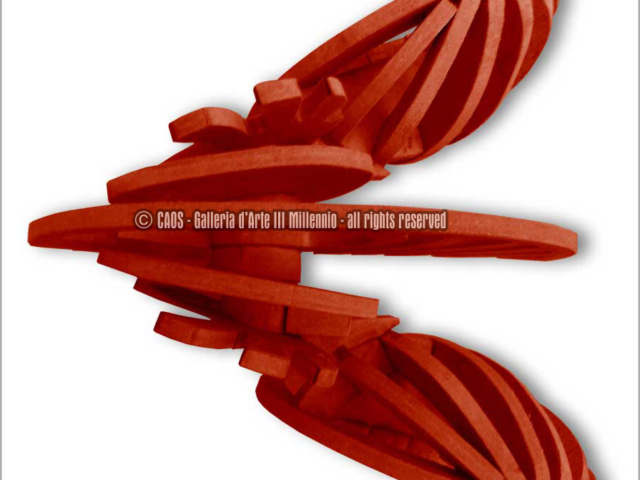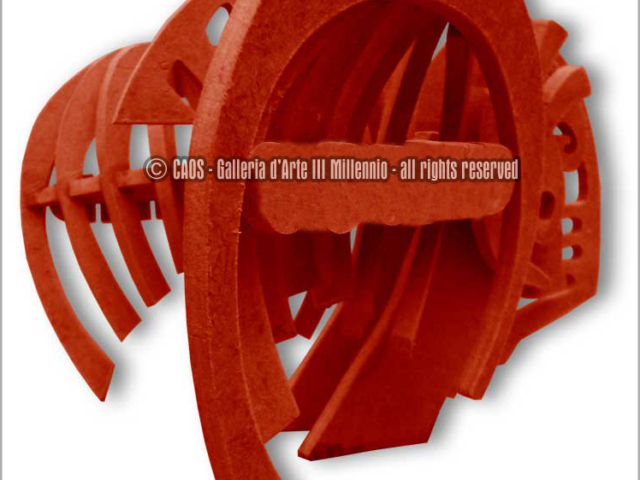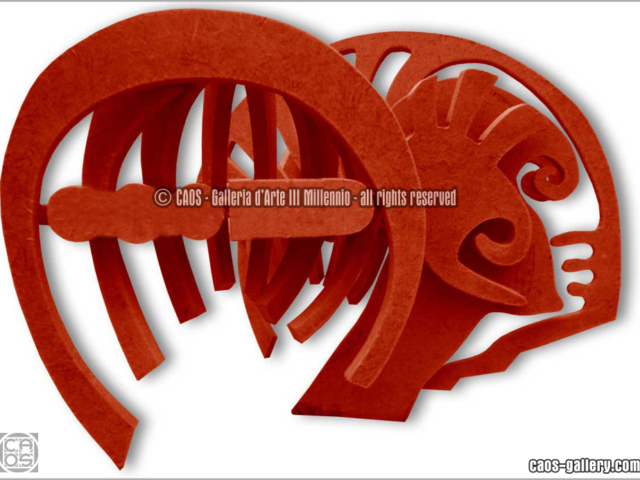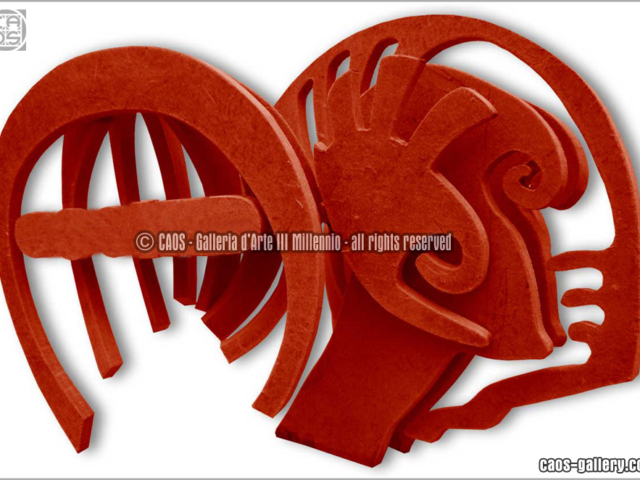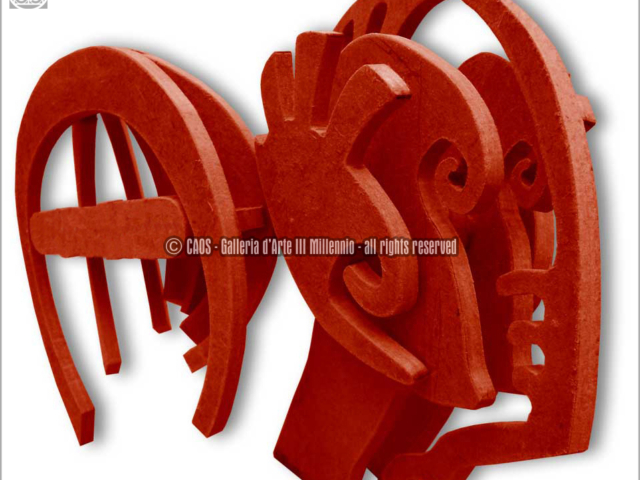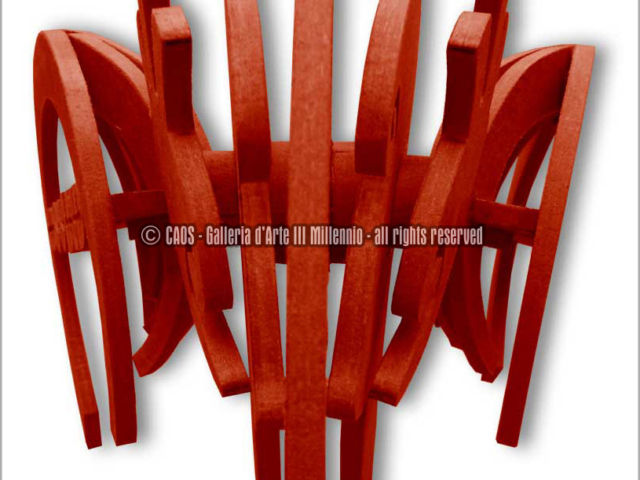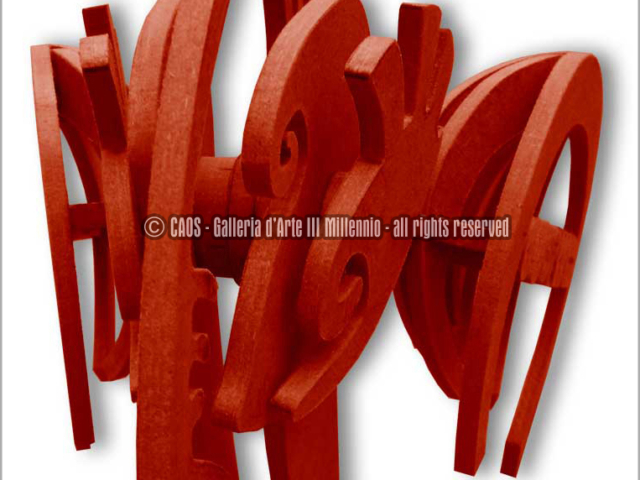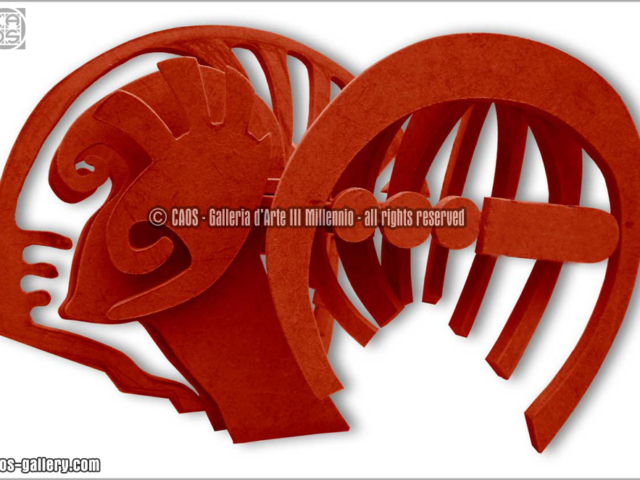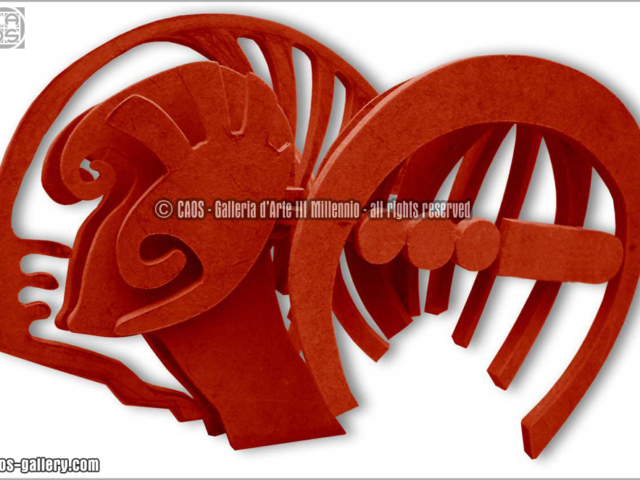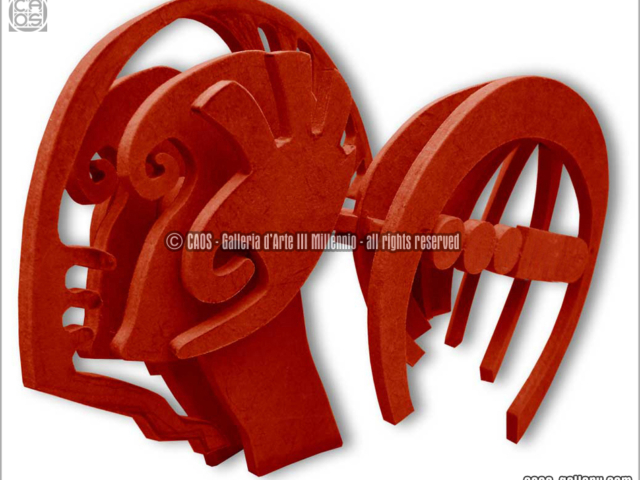Corten steel sculpture concept-project monument by Michelangelo Eremita
The architect-artist Michelangelo Eremita developed the theme “Thought is Action” which identifies and summarizes the meaning of humanity more than any other.
He completely freed his creative potential, rethinking everything in a revolutionary and original way but on the basis of classical principles: the result is a “Dynamic Structure-Sculpture”.
The artwork, despite the workmanship which only allows two-dimensional modelling, thanks to the superposition of seven construction levels, develops in three dimensions, acquiring a powerful scenographic effect.
The use of rounded curved lines represents the essence of the power of the load-bearing structures and gives solidity and slenderness to the scenic system, while introducing a variable of complexity that results from the different points of view. This complexity gratifies the observer and opens the reading of the artwork to the different meanings that it conveys.
In its side view the artwork is clearly divided into the symbolic-figurative part and the symbolic-explanatory part. The first is identified by the figurative human element which is in turn divided into two subsets.
The first symbolic-figurative subset is represented by thought, cut negatively, the second subset is represented by action, cut positively.
Thought is the first anthropomorphic profile, action is the second anthropomorphic profile. The first is naked, smooth and soft, it symbolizes meditation, wisdom, thought, reasoning; the second is aggressive and recalls the shapes of the Achaean helmet, symbolizing strength, dynamism, strategy, action.
The symbolic-explanatory subset is the idealized representation of the engine of the action: the wings.
They were created distinct and break through two-dimensionality. The structural components of the wings play the symbolic-explanatory part. The symbol of the symbolic-explanatory subset is the “flying engine” that unfolds in three dimensions to guide thought and action.
This ingenious design has allowed us to merge in a streamlined and rapid synthesis the idea of “structural tension”, understood in the curved, tense and functional forms for load-bearing, with that of “ideal tension” understood in the figurative traits that symbolize thought and action; the point of contacts is the “flying engine” that unites the two tensions.
The references to classical culture are homage to the principle of respect and protection of the original and formal values of art.
Man controls action with thought and meditation which otherwise would be brutal and senseless; therefore he bends the forces of nature and puts them at his service, creating essential supporting structures to harness and multiply the strength that comes from ingenuity. Man’s pride and confidence in himself still push him to pursue new and better results, only if they maintain respect for their history and origins.

